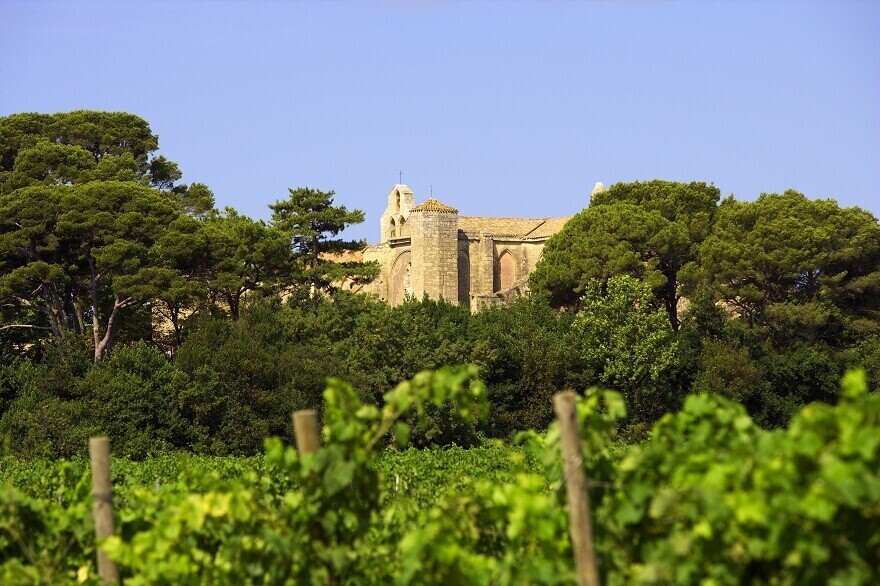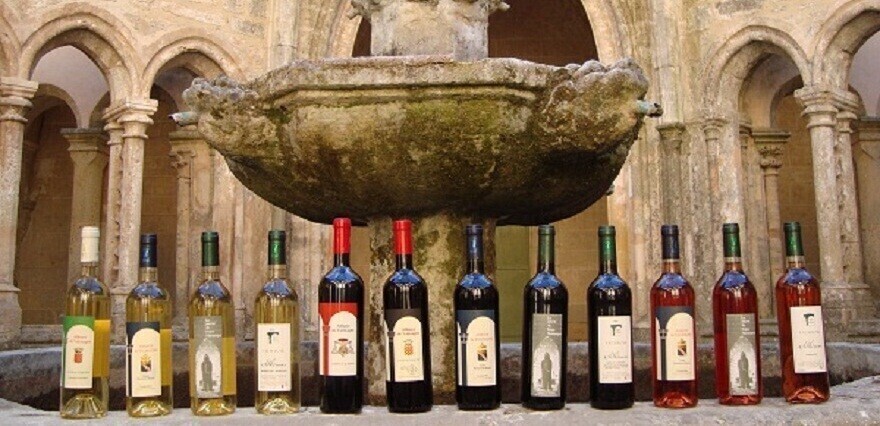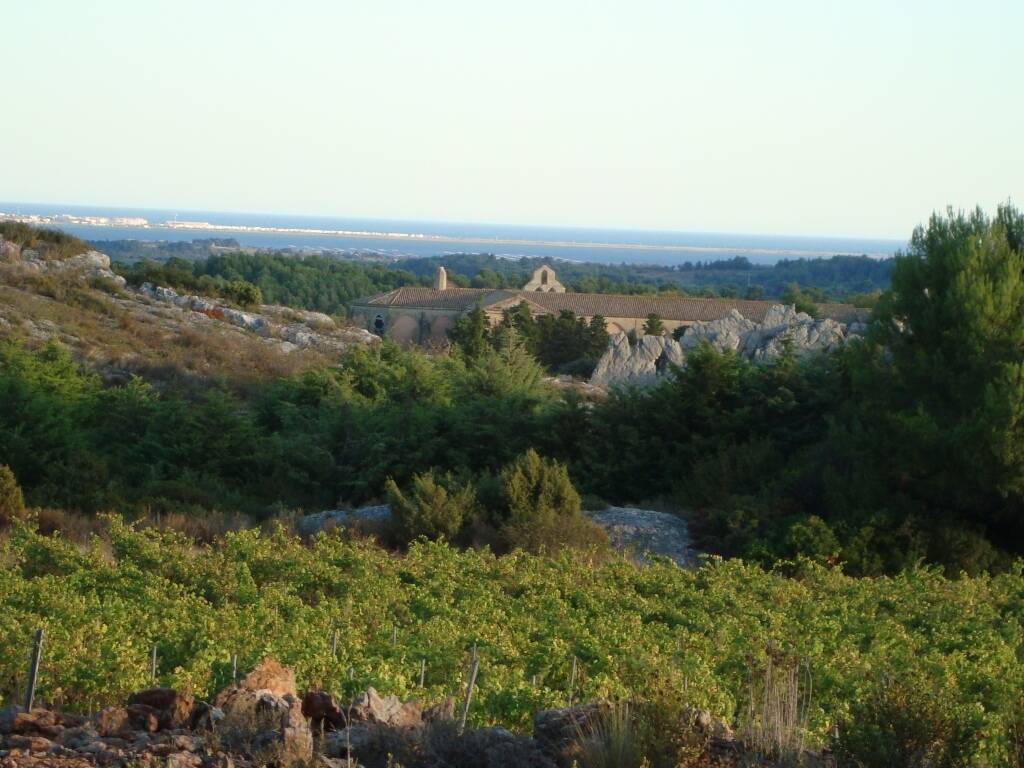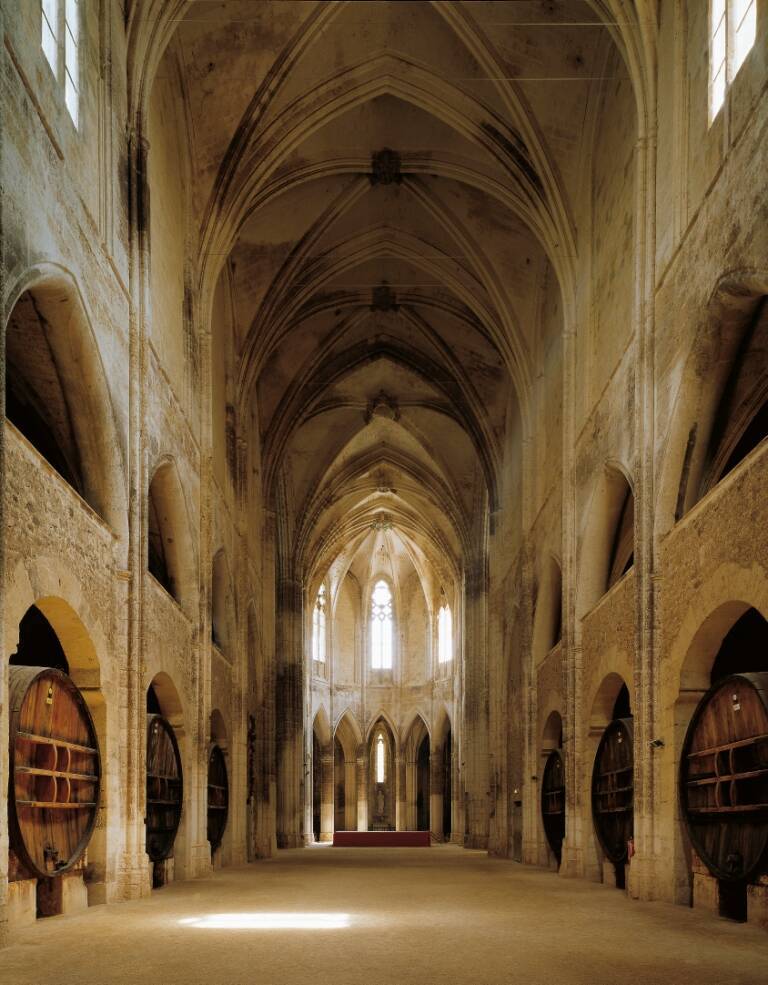
Roland d'Allaines
Abbaye de Valmagne
-
Region :
Anecdotes about the domain
The abbey is known for its monument, its vineyards and gardens, and the interior of the abbey is also a work of art, which will delight lovers of wine and history in two ways.

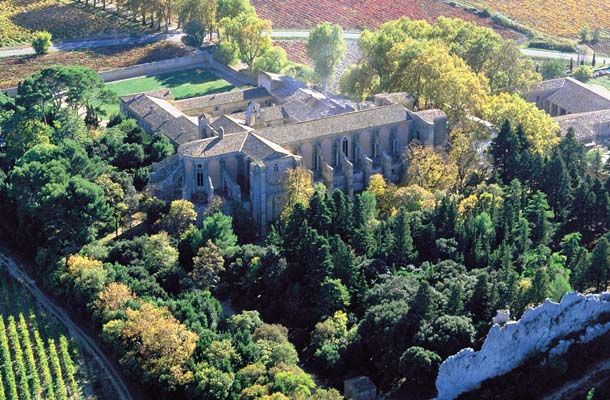
The domain's short story
The Cathedral of the Vines, the name given to the nave of the church, comes from the installation, in 1820, of 18 casks in Russian oak. In the 12th century, the monks had planted vines in Valmagne. They are the ones who are at the origin of most of the vineyards in the region and also Burgundians. Since the 19th century, wines have been exported all over the world.
The winemaker's pride
Valmagne Abbey was created by Cistercian monks in the 12th century. The steepest parts of the estate have been classified as Appellation Contrôlée since 1985 and form more than half of the estate. Agriculture is practiced in a reasoned manner, and the ambition to reduce the use of inputs as much as possible has been marked by the organic certification in 1999. The vinification and bottling are both done according to the most modern methods. There are two distinct parts of the estate: a clay-limestone area where the wines of the appellation are produced, and to the north, separated by a rocky barrier, a red sandstone area where the Grés de Montpellier, the northern part of the Languedoc hillsides, is produced. It is from the southern part of the Abbey that the local wines come from.
